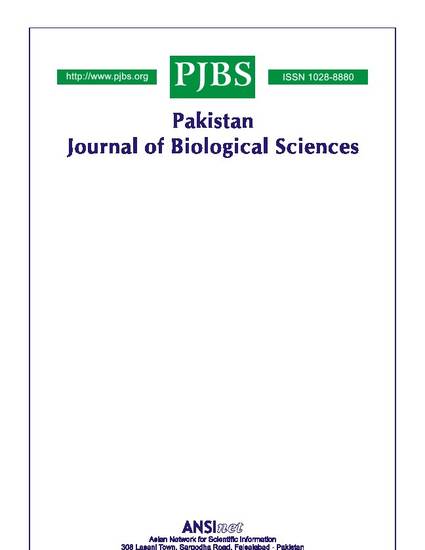
Article
Regeneration Ecology of Chrysopogon Aucheri and Cymbopogon Jwarancusa in Upland Balochistan: I. Morphology, Viability and Movement of Seeds (Spikelets)
Pakistan Journal of Biological Sciences
(2000)
Abstract
Experiments were conducted in a representative Cymbopogon-Chrysopogon grassland in upland Balochistan to determine how seed (spikelet) attributes and seed (spikelet) dispersal mechanisms influence the regeneration of Cymbopogon jwarancusa and Chrysopogon aucheri. Cymbopogon jwarancusa had more filled and viable caryopses than Chrysopogon aucheri. Spikelets of both species have similar morphological features. Spikelet dispersal occurs primarily by wind over a 2 to 3-week period in late-June/early-July. Chrysopogon aucheri has one dispersal unit, a triplet spikelet. Cymbopogon jwarancusa has four different dispersal units: a paired spikelet, a partial raceme, an entire raceme, and a partial inflorescence (two racemes)...
Disciplines
Publication Date
2000
Citation Information
Christopher A. Call. "Regeneration Ecology of Chrysopogon Aucheri and Cymbopogon Jwarancusa in Upland Balochistan: I. Morphology, Viability and Movement of Seeds (Spikelets)" Pakistan Journal of Biological Sciences Vol. 3 Iss. 10 (2000) Available at: http://works.bepress.com/christopher_call/33/
